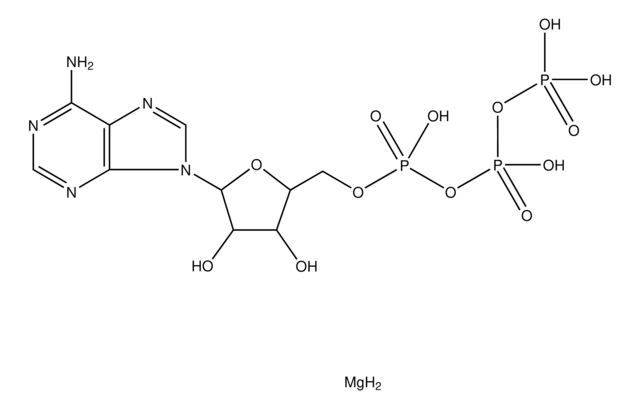SML2417
ORG 25543 Hydrochloride
≥95% (HPLC)
別名:
4-Benzyloxy-3,5-dimethoxy-N-[(1-dimethylaminocyclopentyl)methyl]benzamide hydrochloride, N-[[1-(Dimethylamino)cyclopentyl]methyl]-3,5-dimethoxy-4-(phenylmethoxy)benzamide hydrochloride, ORG 25,543 hydrochloride, ORG 25543 hydrochloride, ORG-25543 hydrochloride
About This Item
おすすめの製品
アッセイ
≥95% (HPLC)
フォーム
powder
保管条件
desiccated
色
white to beige
溶解性
DMSO: 2 mg/mL, clear
保管温度
room temp
SMILES記法
Cl.N(C3(CCCC3)CNC(=O)c1cc(c(c(c1)OC)OCc2ccccc2)OC)(C)C
InChI
1S/C24H32N2O4.ClH/c1-26(2)24(12-8-9-13-24)17-25-23(27)19-14-20(28-3)22(21(15-19)29-4)30-16-18-10-6-5-7-11-18;/h5-7,10-11,14-15H,8-9,12-13,16-17H2,1-4H3,(H,25,27);1H
InChI Key
NIPQJILJYQVZJR-UHFFFAOYSA-N
生物化学的/生理学的作用
保管分類コード
11 - Combustible Solids
WGK
WGK 3
引火点(°F)
Not applicable
引火点(℃)
Not applicable
適用法令
試験研究用途を考慮した関連法令を主に挙げております。化学物質以外については、一部の情報のみ提供しています。 製品を安全かつ合法的に使用することは、使用者の義務です。最新情報により修正される場合があります。WEBの反映には時間を要することがあるため、適宜SDSをご参照ください。
Jan Code
SML2417-BULK:
SML2417-25MG:
SML2417-VAR:
SML2417-5MG:
最新バージョンのいずれかを選択してください:
ライフサイエンス、有機合成、材料科学、クロマトグラフィー、分析など、あらゆる分野の研究に経験のあるメンバーがおります。.
製品に関するお問い合わせはこちら(テクニカルサービス)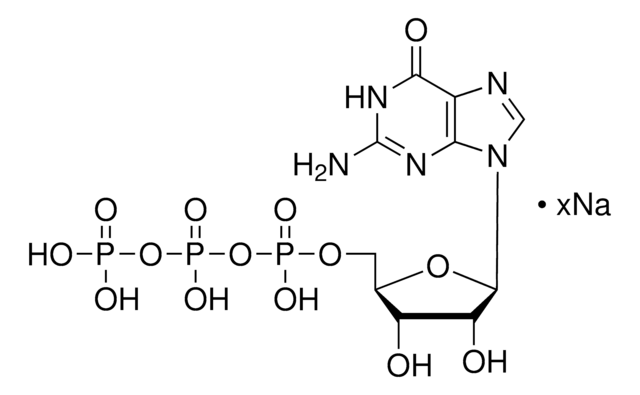

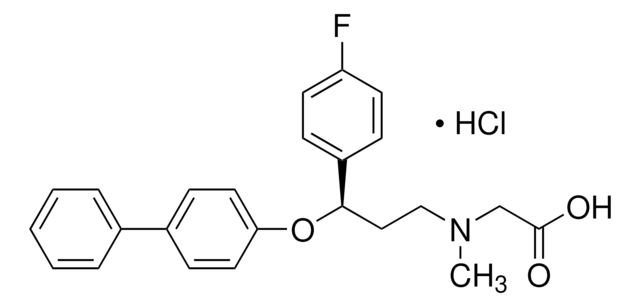
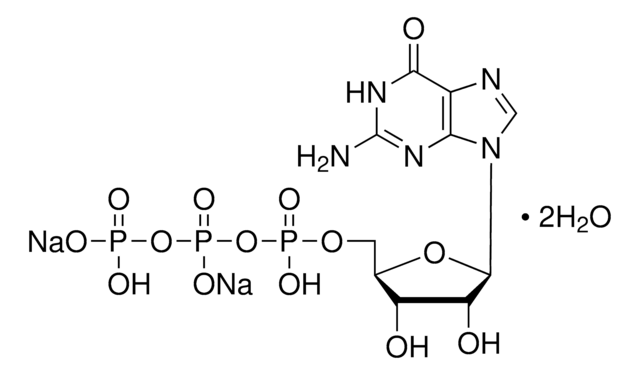

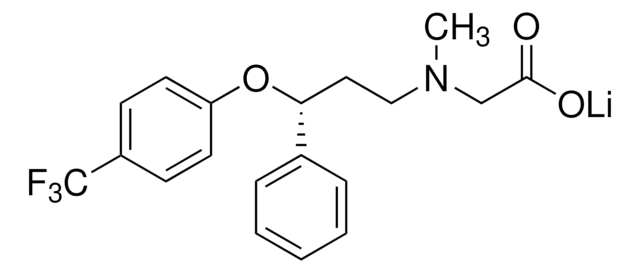
![グアノシン 5′-[β,γ-イミド]三リン酸 三ナトリウム塩 水和物 ≥85% (HPLC), powder](/deepweb/assets/sigmaaldrich/product/structures/204/494/05808804-1ca7-44bf-b6c5-d4934dc7cb85/640/05808804-1ca7-44bf-b6c5-d4934dc7cb85.png)
